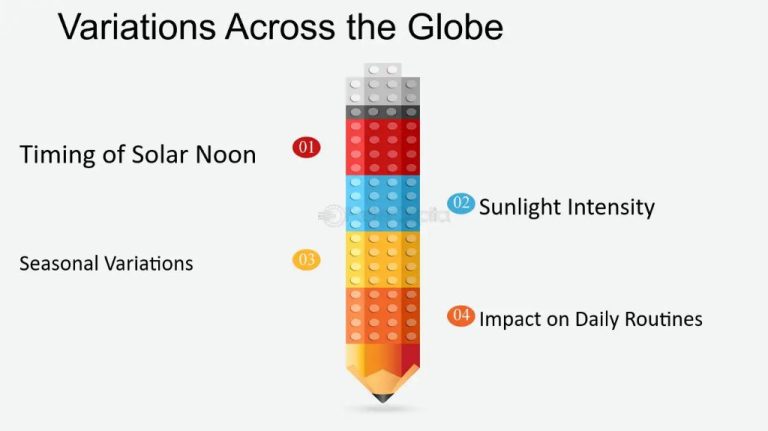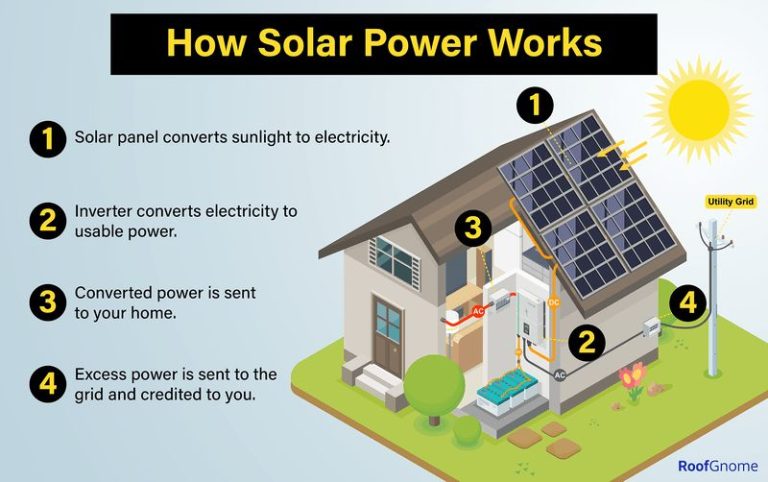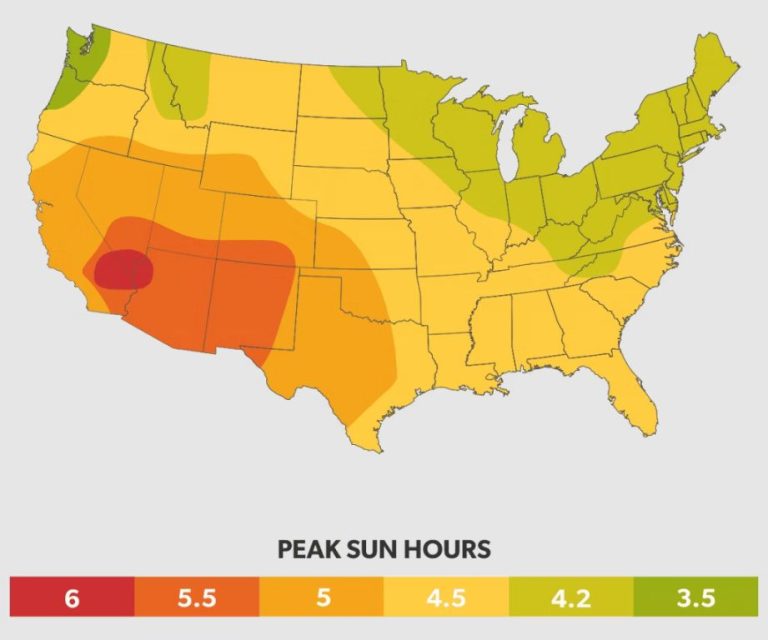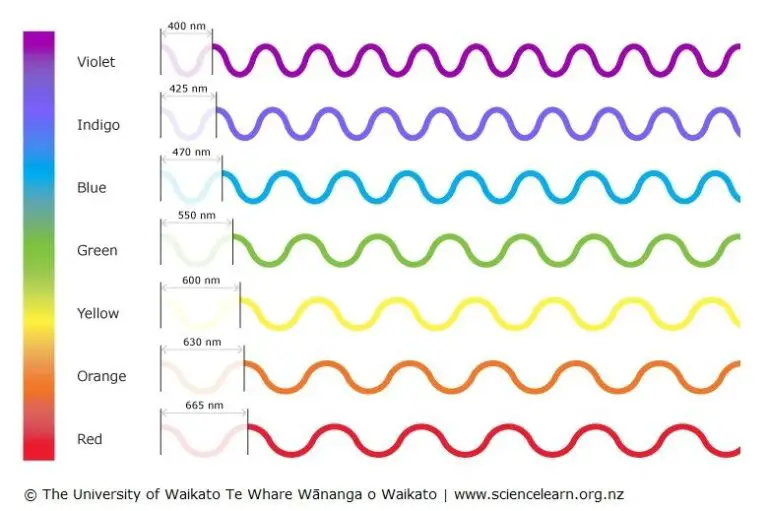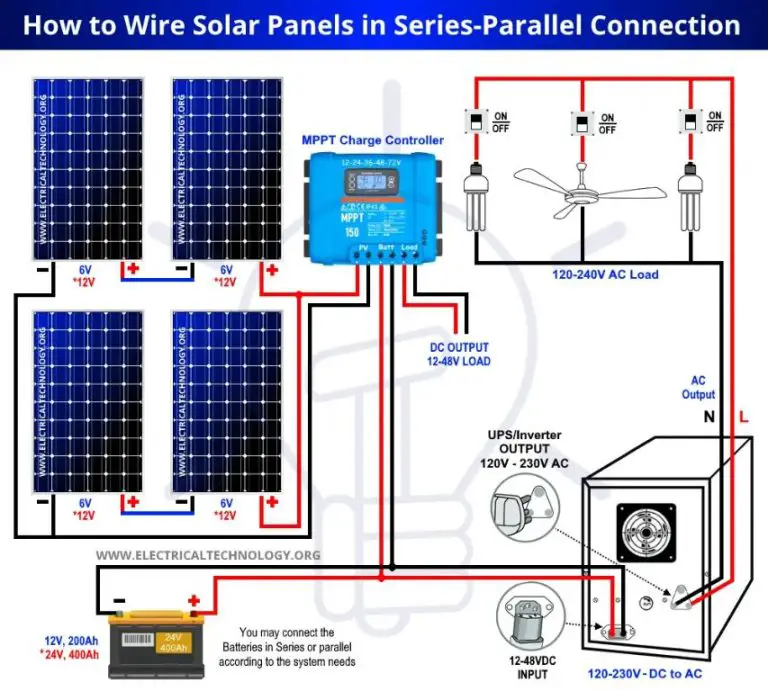Why Is Light Energy Kinetic
What is Light Energy?
Light energy is a form of electromagnetic radiation that can be described in terms of waves and particles (photons) (Definition of Light Energy). It is characterized by its wavelength or frequency, and travels at the speed of light (3 x 10^8 m/s).
Light acts as both a wave and a particle. As a wave, it has properties like wavelength and frequency. Wavelength refers to the distance between consecutive wave peaks, while frequency refers to how many wave cycles pass a point per second. As a particle (photon), light has discrete energy levels directly proportional to its frequency.
There are different types of light categorized by wavelength and frequency bands. These include visible light that humans can see, along with ultraviolet, infrared, x-rays, gamma rays, microwaves, and radio waves that have higher or lower frequencies than visible light (Types of Light Energy).
Kinetic Energy Overview
Kinetic energy is the energy associated with motion. An object that is in motion, whether it be vertical or horizontal motion, has kinetic energy. Kinetic energy depends directly on the object’s mass and velocity. The greater the object’s mass and velocity, the greater its kinetic energy.
Some common examples of kinetic energy in everyday life include:
- A moving car
- A basketball being dribbled down the court
- The motion of wind
- A roller coaster moving along the tracks
The kinetic energy (KE) of an object is mathematically defined as:
KE = 1/2 * m * v^2
Where m is the object’s mass and v is its velocity. This shows that kinetic energy increases exponentially with velocity. For example, doubling the velocity of an object results in a quadrupling of its kinetic energy. Kinetic energy is directly proportional to mass as well. Thus, heavier objects moving at the same velocity as lighter objects will have greater kinetic energy.
In physics, kinetic energy is distinguished from potential energy, which is the energy stored in an object due to its position or state. Understanding the kinetic energy of objects helps explain phenomena from chemical reactions to the trajectories of projectiles.
Light Travels in Waves
Light exhibits properties of both waves and particles. However, it commonly travels in a wavelike pattern characterized by oscillating electric and magnetic fields. The wavelength of light determines its color – shorter wavelengths are violet and blue light while longer wavelengths are red and orange. The frequency of the wave is related to its energy, with higher frequencies corresponding to higher photon energies.
According to wave-particle duality, light behaves as both a wave and a particle simultaneously. The quantum mechanical model describes light as consisting of discrete packets of energy called photons that exhibit wavelike properties. So while individual photons can be modeled as particles, light overall propagates as an electromagnetic wave. The interference and diffraction effects observed for light confirm its wavelike nature.
In classical physics, light was modeled strictly as a wave. But modern quantum mechanics revealed that light also has particle properties. Though counterintuitive, light’s dual wave-particle nature is a core tenet of quantum physics. The wavelength and frequency help describe light’s wave properties, while the photon concept describes its particle nature.
Source: https://www.quora.com/Commonly-does-light-travel-in-waves-or-on-a-straight-line
Light Has Momentum
Even though individual photons have no mass, light carries momentum. This is because photons carry energy and momentum depends on both energy and velocity. The momentum of a photon is directly proportional to its frequency or inversely proportional to its wavelength, as shown by the Planck-Einstein relation:
p = E/c = hν/c = h/λ
Where p is the photon’s momentum, E is its energy, h is Planck’s constant, ν is the frequency, λ is the wavelength, and c is the speed of light [1]. So higher frequency, shorter wavelength light has greater momentum.
This momentum can be transferred to objects through radiation pressure when photons are absorbed or reflected. Light exerts pressure and can impart momentum, allowing it to move physical objects [2]. For example, this is how solar sails can accelerate spacecraft using sunlight.
Light Exerts Radiation Pressure
When light interacts with matter, it can exert force in the form of radiation pressure. This occurs when photons that make up light reflect off or get absorbed by a surface, imparting momentum in the process. The force exerted by light is very small, but it does have real effects that are observable and important to take into account in some applications.
Radiation pressure arises due to the fact that light carries momentum. When a photon hits an object and gets absorbed, it transfers its momentum to that object. If the photon gets reflected, its change in momentum also imparts force. The radiation pressure P exerted by light is proportional to its intensity I and is given by the equation:
P = I/c
Where c is the speed of light. This shows that brighter light sources producing higher intensity radiation will exert larger radiation pressures.
Radiation pressure has many observable effects. It causes comet tails to point away from the Sun as photons get absorbed. Solar sails have been proposed that would use radiation pressure from sunlight to propel spacecraft. Laser cooling techniques rely on the radiation pressure of photons to slow atoms down. Radiation pressure can even cause self-rotation for asymmetric objects hit by lasers.
Overall, while small, radiation pressure is an ever-present consequence of light’s momentum and ability to exert force when interacting with matter. This kinetic aspect of light energy manifests across scales from atoms to astrophysical bodies.
Relation Between Energy and Momentum
There is a direct mathematical relationship between the kinetic energy and momentum of an object. Kinetic energy is defined as the energy an object possesses due to its motion. The kinetic energy KE of an object depends on its mass m and velocity v according to the equation:
KE = (1/2)mv2
Momentum p is defined as the quantity of motion possessed by an object. Like kinetic energy, momentum also depends on the object’s mass and velocity:
p = mv
Comparing the two equations, we see that kinetic energy and momentum are directly proportional to each other, since they both depend on the mass and velocity. As one increases, so does the other. Light, which travels in the form of electromagnetic waves, has momentum. According to Maxwell’s equations, electromagnetic waves like light exert pressure and transfer momentum when they interact with objects. Therefore, since light has momentum, it also has kinetic energy associated with it.
The kinetic energy of light allows it to do work and transfer energy to objects. This manifests in observable phenomena like the photoelectric effect, where light ejects electrons from metals, and radiation pressure, where light exerts force on objects it encounters. The relationships between mass, velocity, momentum and kinetic energy that apply to ordinary objects also hold true for light, even though it has no mass. The energy and momentum carried by light waves are intrinsic properties that demonstrate light has kinetic energy.
Measuring Light’s Kinetic Energy
The kinetic energy of light can be measured using the Planck-Einstein relation. This states that the energy E of a photon is proportional to its frequency f:
E = hf
Where h is Planck’s constant. Since frequency and wavelength λ are inversely related as f = c/λ, where c is the speed of light, we can also express this as:
E = hc/λ
So by measuring a light wave’s frequency or wavelength, we can calculate its kinetic energy. For example, visible light with a wavelength of 550 nm has an energy of 2.25 eV. Higher frequency radiation like X-rays or gamma rays will have correspondingly higher kinetic energies.
In the photoelectric effect, the maximum kinetic energy of ejected electrons also depends directly on the light’s frequency and wavelength according to the same relations. So measuring the ejected electron energies provides another way to quantify light’s kinetic energy.
These relations demonstrate that light energy is directly proportional to frequency and inversely proportional to wavelength. So shorter wavelength, higher frequency light has higher kinetic energy.
Consequences of Light’s Kinetic Energy
Because light has momentum, it can exert pressure and do mechanical work through radiation pressure. This was demonstrated in 1901 by Russian physicist Pyotr Lebedev, who showed that light could exert pressure on solid objects and change their motion. One fascinating consequence of this is the concept of solar sails, which use the radiation pressure from sunlight to propel spacecraft through space. Solar sails have been proposed as an alternative means of spacecraft propulsion that doesn’t require fuel.1
The kinetic energy of light also has important applications in particle physics. Photons in particle accelerators can collide with subatomic particles and transfer momentum to boost them to extremely high speeds and energies. Analyzing the results of these collisions provides insights into the fundamental structure of matter.
Practical Applications
Light’s kinetic energy and radiation pressure have enabled several important practical applications. One is the ability to manipulate microscopic objects using lasers. The radiation pressure from laser beams can trap and move small particles in a technique known as “optical tweezers” (https://www.britannica.com/science/light/Radiation-pressure). The objects experience a force from the momentum transfer of photons, allowing precise control and study.
Another application is using solar sails for space propulsion. Solar sails can harvest the radiation pressure exerted by sunlight to propel spacecraft through space (https://en.wikipedia.org/wiki/Radiation_pressure). Although the force is tiny, it acts continuously over time to gradually accelerate the craft. Solar sails enable fuel-free propulsion for certain space missions.
The discovery that light carries momentum and exerts pressure, despite having no mass, has enabled innovations in microscopy, solar propulsion, instrumentation, and more. The applications demonstrate the real-world impact of understanding light as a form of kinetic energy.
Summary
In summary, light has both energy and momentum like particles, allowing it to exhibit properties of kinetic energy. Even though light travels as waves, it carries momentum and can exert pressure on objects it encounters. This radiation pressure demonstrates that light has kinetic energy associated with its propagation. The measurement of this kinetic energy shows that each photon or packet of light carries an amount of energy proportional to its frequency. This kinetic energy allows light to do work through radiation pressure, whether pushing spacecraft sails through space or powering chemical reactions through photons. So in certain situations, light interacts more like a stream of particles than a wave. The dual wave-particle nature of light is key to understanding its kinetic energy.
To conclude, the fact that light can exert pressure and do work reveals it has momentum and kinetic energy – hallmarks of particle behavior. So light’s kinetic nature is evidenced through measurable properties like radiation pressure. This illuminates the intrinsically kinetic nature of light.

